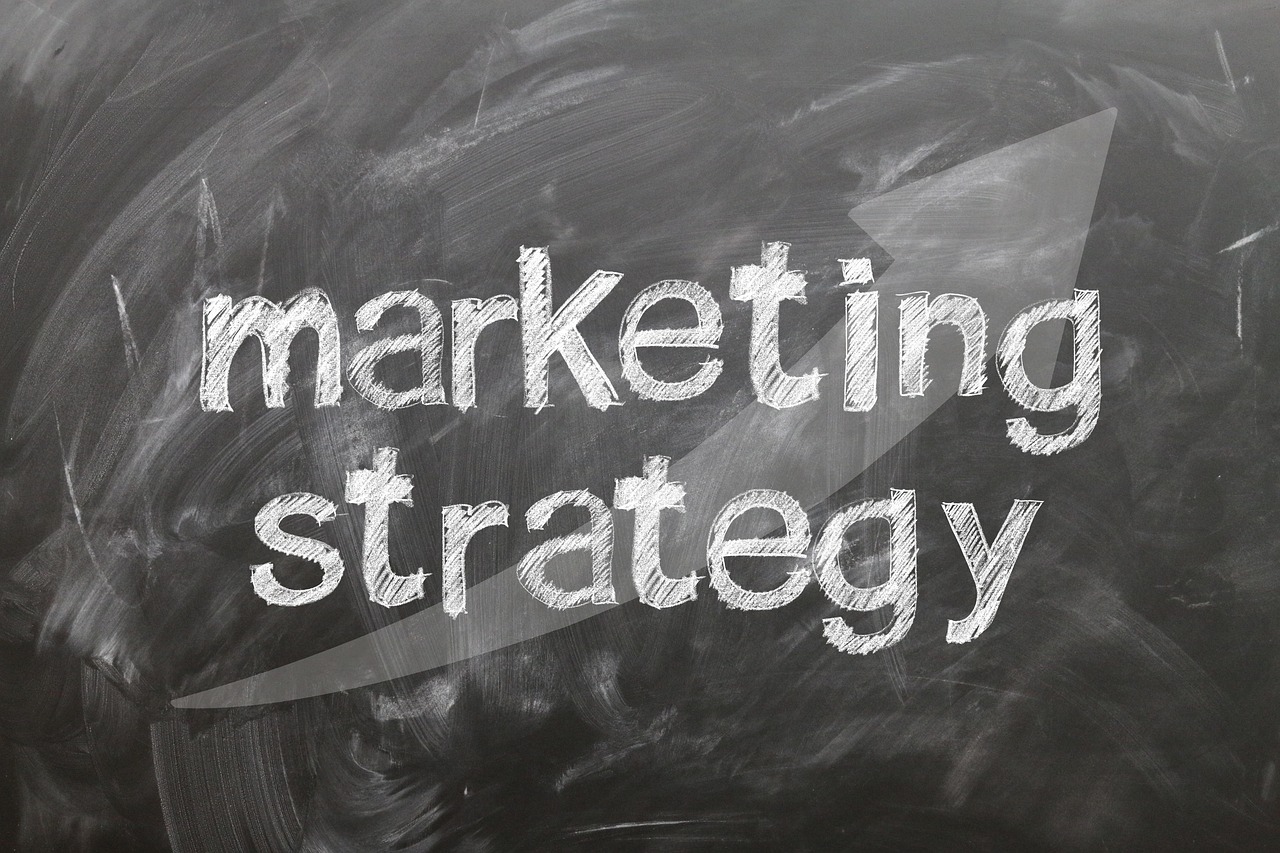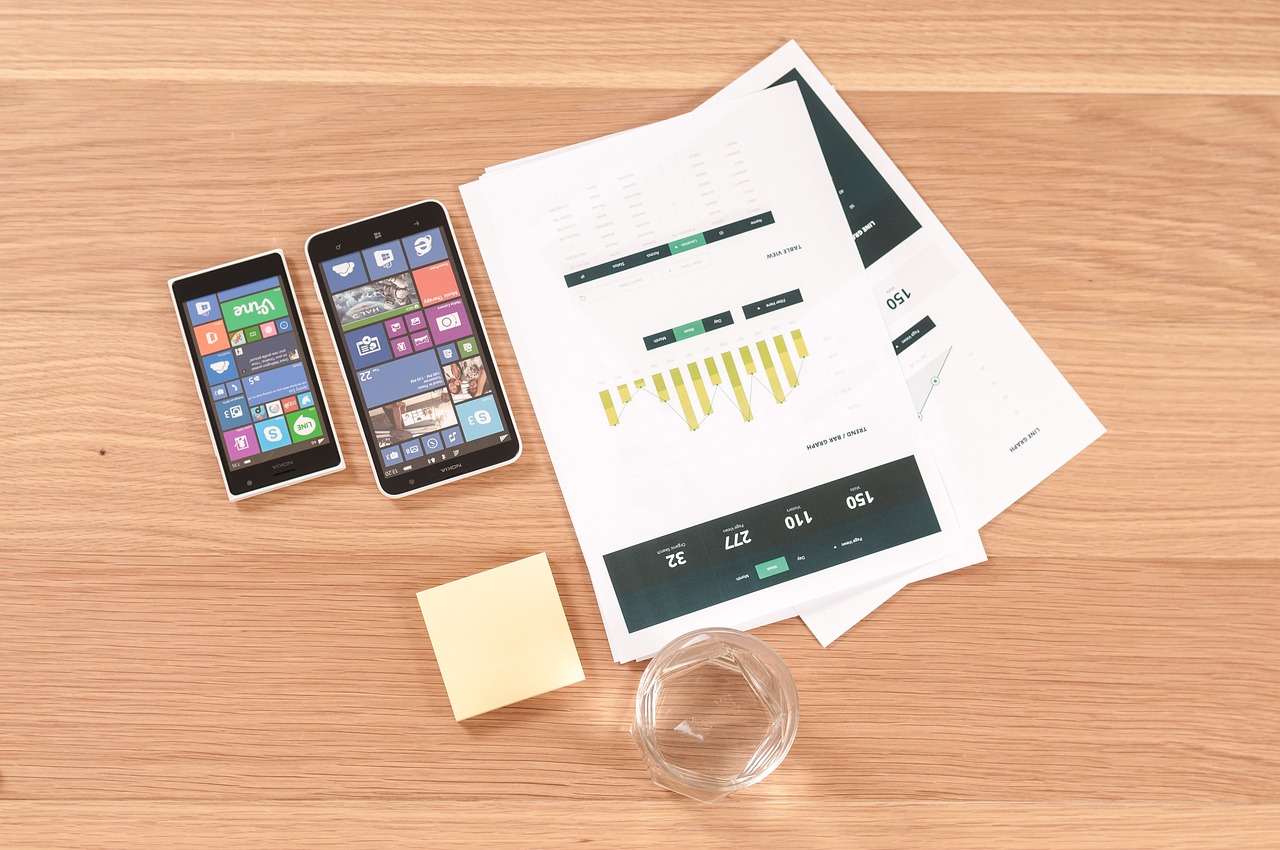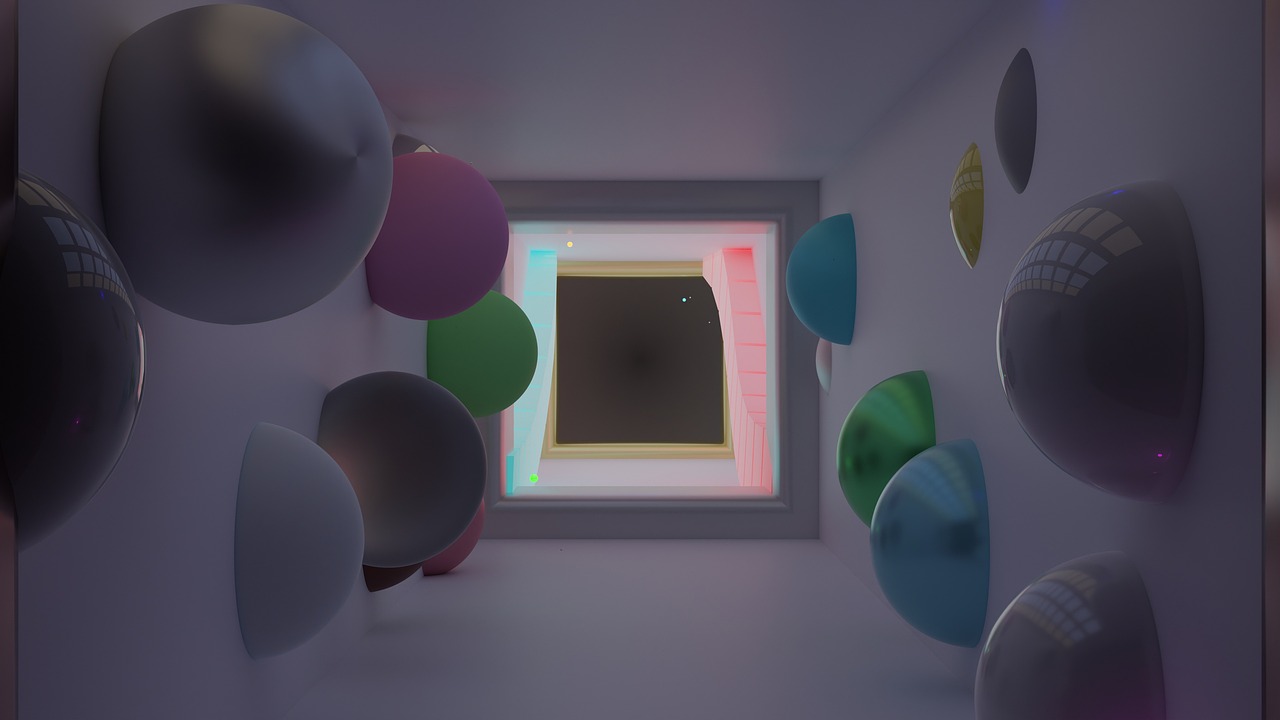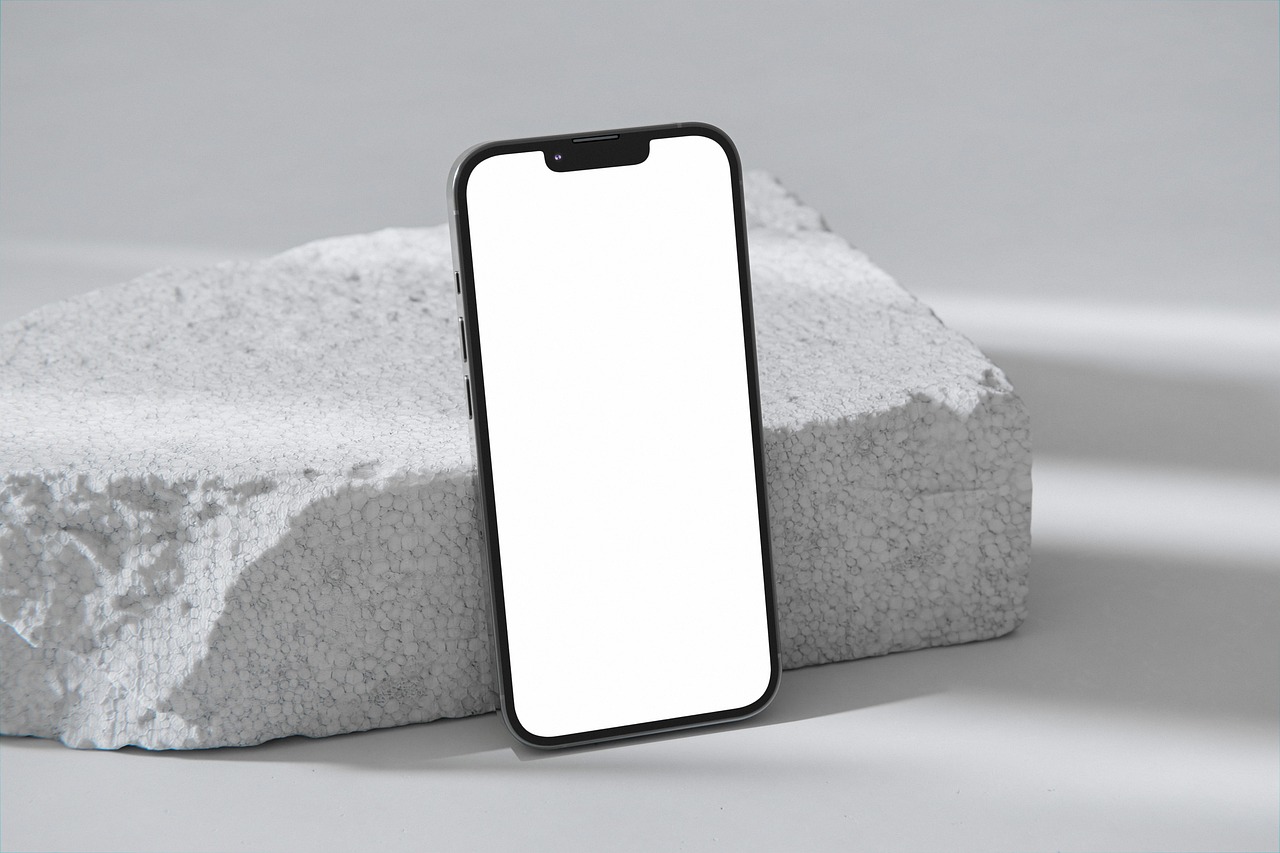Let’s be honest. Templates have their place. They’re quick, affordable, and easy to use for anyone with a tight deadline or limited budget. But if we’re talking about long-term brand growth and carving out a distinct market presence, especially here in the UK’s noisy digital space, templates quickly hit their ceiling.
I’ve worked with dozens of clients over the years who started off with cookie-cutter designs and found themselves stuck in a brand identity crisis. One business owner put it perfectly during a strategy session: “Our website looks slick, but it could belong to five different companies.” That line always stuck with me. Because if your brand could be confused with someone else’s, are you really standing out?
Why Templates Hold You Back
Let’s cut to it. Pre-made templates are built for the average brand, not yours. They’re designed to be broadly appealing, universally functional, and as scalable as possible. With little room for your unique story. That’s a big problem when you’re trying to build trust, convert customers, and leave a lasting impression.
Templates often:
- Restrict customisation without complex coding
- Use generic imagery and layouts
- Offer limited SEO flexibility
- Struggle to adapt to evolving brand needs
- Make it harder to stand out in saturated markets
And that’s just scratching the surface.
In competitive sectors. Think tech startups, professional services, online retail. Blending in is basically business suicide. Clients and customers are spoiled for choice. They want to feel something, connect emotionally, feel seen. That connection doesn’t come from a drop-down menu of colour schemes and typography presets.
The Power of Bespoke Branding
Now, I’m not saying you need bells and whistles for every button and banner. But what does drive results is thought-out, intention-driven creative that flows from your brand strategy outwards. That’s where custom creative shines.
Here’s what bespoke design brings to the table:
- Authenticity – No one else has your exact look, tone, or user flow.
- Deep brand alignment – From the logo to your micro-interactions, everything reflects your values and mission.
- Better engagement – Users stick around longer when they feel that every spark of your brand has been designed with them in mind.
- Greater flexibility – You’re not boxed in by limitations; custom work evolves with your business.
A local example I’m proud to have been part of is a Bristol-based artisan coffee chain that had started with a Shopify template. It was functional, sure, but visually bland. We worked closely with their team to design a bespoke website, packaging system, and social assets that told their deeper story. Sourcing transparency, community hubs, and quirky regional roots. Their site’s bounce rate dropped by 34% within three months and their Instagram DMs lit up with comments like: “Can I live in your aesthetic?”
Small thing? Maybe. But in retail, that kind of emotional brand affinity is gold dust.
How Creative Agencies Bring Your Vision to Life
A good creative agency won’t just ask what fonts you like. We dig deeper: who are you really? Who do you want to resonate with? What do you need the brand to do in 12 months. Maybe five years?
The process usually involves:
- Discovery workshops – digging into your audience, goals, and experiences
- Moodboarding and strategic direction – developing a look and feel rooted in your value proposition
- Custom development – everything designed and coded from scratch, made to move with your business
- Feedback loops – iterative, collaborative design tweaks focused on what feels right and performs better
- Launch and post-deployment support – ensuring everything lands well across platforms
Of course, bespoke design takes more time upfront. But good things, as they say, rarely come fast or easy.
Custom Design’s Hidden Advantage: SEO and UX
Here’s something many folks overlook when weighing the template vs. custom decision. Search engine performance and user experience.
Templates are often hosted on bloated platforms with unnecessary scripts, poor accessibility scores, and outdated code. That all takes a toll on:
- Page load speed
- Mobile responsiveness
- On-page SEO effectiveness
- Accessibility compliance
With bespoke design, your site isn’t carrying around extra baggage. Everything is optimised for your exact needs.
Google’s Core Web Vitals, for instance, directly reward clean code, fast interactivity, and stable layouts. According to a March 2024 Search Engine Journal report, businesses that invested in custom-built web platforms saw a 23% increase in average page rankings compared to those using mainstream templates.
That’s not just search engine fluff. It’s bottom-line stuff.
UK Brands Doing It Right
One standout is Leeds-based brand ‘Naked Pasta.’ Instead of relying on generic food branding tropes, they partnered with a design studio to develop a visual identity based on clear packaging, earthy colours, and handwritten typography. Everything screamed transparency and sustainability. Their rebrand didn’t just look good. It dramatically increased engagement on social media and helped them land partnerships with local zero-waste shops across the region.
Another example is FinTech app ‘Snappay’ from Manchester. Their original design looked almost indistinguishable from dozens of competitors. After going bespoke with a bold new identity (punchy colour gradients, custom animations, and frictionless onboarding screens), their user sign-up rate jumped by 41% in just six weeks.
These aren’t unicorn stories. They’re proof that when creative design thinking aligns with brand mission, everything clicks.
So… Is It Worth It?
If your goal is just to get a site up and running, templates might work fine.
But if you’re building something you care about. Something with heart and ambition. You’ve got to go deeper. Custom creative isn’t about being fancy. It’s about being you. Clear, confident, and captivating.
I’ve seen clients develop pride in their brand overnight after a proper design revamp. Customers notice too. When your brand feels coherent and genuine, trust builds faster. And in this day and age? Trust is currency.
Don’t settle for “good enough.” Go bespoke, and actually own your space.
Frequently Asked Questions
Isn’t custom design expensive?
It can be a bigger investment upfront compared to templates, but it’s often more cost-effective long term. More control means fewer rebuilds and redesigns down the line. Think of it like proper tailoring. It fits better and lasts longer.
How long does bespoke design typically take?
Projects vary based on complexity, but most agency-led custom branding and web design projects take between 6 to 12 weeks. Rushing usually compromises quality, so buffer time is your friend.
Will a bespoke site be harder to manage?
Not if it’s built with user-friendly tools or includes training from your agency partner. Most bespoke builds today come with intuitive CMS platforms tailored for your admin preferences. No code needed once it’s live.
What’s the SEO difference between templates and custom sites?
Templates can come with bloated code and rigid structures, which can slow down your site or confuse search engines. Bespoke builds allow for precise structuring, mobile optimisation, clean backend code, and tailored metadata. All boosts for SEO.
Can I start with a template and upgrade later?
Absolutely. Many businesses begin with templates, and when growth allows, move to a bespoke approach. The key is recognising when the template’s holding you back and having a future-ready brand mindset.
Looking to break free from one-size-fits-all design? Let’s chat. Whether you’re starting from scratch or shedding an old skin, smart, strategic creative can make all the difference. Drop us a line and let’s build something that actually feels like your brand.






